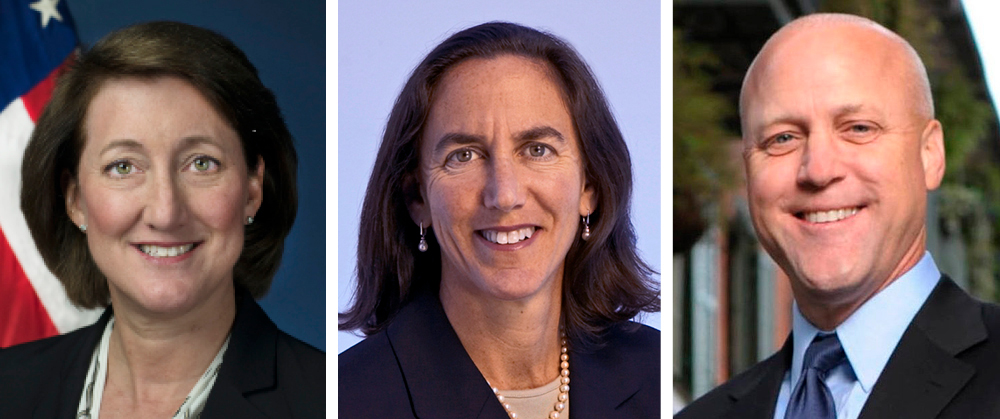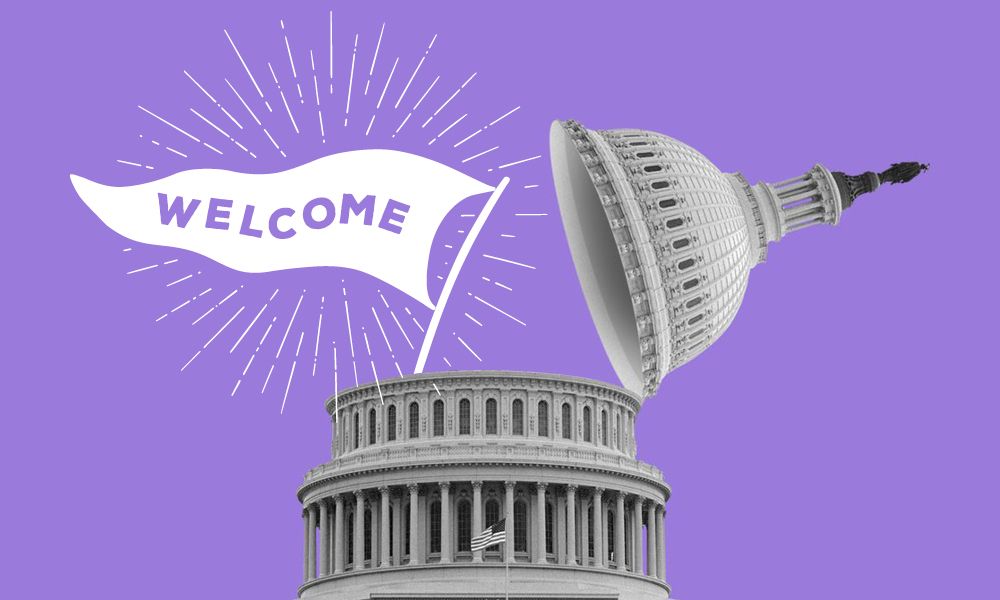Welcome! We’re so glad you want to be a part of this alliance to ensure that the infrastructure plan implementation equally benefits minority communities and companies in Georgia.
The bottom line: The point of what’s presented here is to identify the priorities of the infrastructure plan so that companies can determine whether they have the capabilities to do the work needed to be done. The final figures may look different, but the general goals should remain the same.
Let’s dive in.
Here’s to an exciting new year of infrastructure improvements
Greetings Alliance Members – ❄️ Here’s to an exciting new year of infrastructure improvements. 🏗️
Implementation of the infrastructure law is gradually moving forward, and we’ll follow the action as it progresses from the federal level to Georgia. Though the “soft” infrastructure bill has yet to pass, the activity to come from the “hard” infrastructure bill to modernize roads and bridges, improve public transit, and make infrastructure more resilient to climate change will be historically significant.
Scroll down for five quick reads.
1. So, who’s running the show?
Katie Thompson | Director of Bipartisan Infrastructure Law for the U.S. Department of Transportation (USDOT)
- Thompson has served as vice president and associate general counsel for worldwide transportation and sustainability at Amazon.
- Prior to that, she worked on national and international transportation law and policy as general counsel of USDOT and as chief counsel of the Federal Aviation Administration during the Obama administration.
- She also served as counselor to the transportation secretary and was USDOT’s first senior sustainability officer.
Winnie Stachelberg | Senior Advisor and Infrastructure Coordinator for the Department of the Interior
- Stachelberg was the executive vice president for external affairs at the Center for American Progress.
- She also spent 11 years with the Human Rights Campaign, serving as both political director and the first vice president of HRC’s foundation.
- She started her career as a budget analyst at the Office of Management and Budget.
Mitch Landrieu | Senior Advisor and Infrastructure Coordinator
- Landrieu is the former mayor of New Orleans, elected five years after Hurricane Katrina and Louisiana Lt. Governor prior to that.
- In a statement, the White House praised him for turning New Orleans “into one of America’s great comeback story.”
2. FHWA delivers most $$$ in decades
USDOT’s Federal Highway Administration (FHWA) is providing $52.5 billion in funding to all 50 states and the District of Columbia under the Bipartisan Infrastructure Law.
The agencies claim the Federal-aid Highway Program apportionments, funding under the Highway Infrastructure Program, and discretionary funding through new and existing program grants will address long-overdue needs. It will:
- help reduce the backlog of major repairs for highways and bridges and
- help more communities develop strategies to reduce traffic deaths and serious injuries.
Additional funding to be announced in 2022 will contribute to:
- fixing up to 10 of the most economically significant bridges and 15,000 smaller bridges;
- reconnecting as many as 20 communities by removing portions of interstates and redesigning rural main streets; and
- a nationwide network of 500,000 EV chargers installed by 2030, including a program for smaller and underserved communities.
Georgia apportionments total: $378,920,913
- National Highway Performance Program: $208,500,652
- Surface Transportation Block Grant Program: $101,432,750
- Highway Safety Improvement Program: $21,684,888
- Railway-Highway Crossings Program: $1,957,093
- Congestion Mitigation & Air Quality Improvement: $13,961,721
- Metropolitan Planning: $2,135,894
- National Highway Freight Program: $9,919,341
- Carbon Reduction Program: $9,044,420
- PROTECT Formula Program: $10,284,154
The bottom line: Georgia is set to get about $1.7 B in highway formula funds to spend over the next year, a significant increase from previous apportionments.
3. Reconnecting neighborhoods
Atlanta neighborhoods like Sweet Auburn and others across Georgia that were split apart decades ago during the construction of the country’s interstate highway system could try to repair the damage under a program in the infrastructure package.
History lesson: When transportation officials in Georgia and elsewhere in the country started laying out the interstate system in the 1940s and 50s, they charted parts of the route through predominantly Black neighborhoods.
- The subsequent construction hamstrung businesses and created a massive barrier, permanently altering the look, feel and energy of the communities.
- The highways, combined with so-called “urban renewal” programs, broke up communities of color and separated Black and white residents.
The bottom line: The Reconnecting Communities Act makes available $1 billion to cities across the U.S. to fund “planning, design, demolition, and reconstruction of street grids, parks, or other infrastructure.” Projects to reconnect communities are also eligible for other federal funding.
4. White House intends equitable inclusion of Black stakeholders
USDOT Secretary Pete Buttigieg joined a White House Black Stakeholders meeting on Dec. 10 to discuss equitable distribution of federal infrastructure support and how state-level implementation will engage Black business owners, workers, and communities.
Top of mind: The White House will begin to take these steps toward modernizing the DBE bidding process:
- Eliminate logistical barriers to entry.
- Promote accountability and flexibility at the state and municipal levels.
- Confront history of divisive infrastructure spending, like highway placements and build transportation that connects communities to their jobs and loved ones.
- Ensure contracts are unbundled and bidding process is transparent, with 20% DBE participation.
- Build a modern and inclusive information sharing system that facilitates conversations with current big players in the industry.
Also: A participant urged the administration and DOT to explicitly promote the net economic benefit of closing the Black wealth and accessibility gap using smart infrastructure planning.
The bottom line: In order to ensure the infrastructure plan confronts the history of divisive highway and city planning, state and local leaders will need to engage Black business owners and affected community members as they implement federal support.
Go deeper: How the infrastructure dollars can help reconnect communities.
5. Infrastructure in Atlanta: TSPLOST
Last September, the Atlanta mayor proposed two infrastructure packages totaling $700 million to be approved by voters on the May 2022 ballot.
By the numbers: One of the packages is a renewal of TPLOST, a .4% sales tax that would raise $300 million and includes:
- More than $90 million to build safer streets with bike lanes protected from automobile traffic.
- $18 million to replace, repair and maintain bridges.
- More than $110 million to fix sidewalks and build new ones along Lenox Road, Northside Drive, Marietta Boulevard and major state roads like Moreland Avenue and Memorial Drive.
- $40 million in upgrades for recreation centers in Grove Park, Peachtree Hills, Kirkwood and other neighborhoods.
- $15 million to build the second phase of the new and improved DeKalb Avenue.
- $3 million for each council member to spend on projects in their district.
Our thought bubble: The City of Atlanta spent a lot of time engaging citizens and soliciting input on this list, so we are hopefully optimistic the renewal will pass in May.
The GMI Alliance, an initiative of Ohio River South, is a consortium of minority and majority-owned infrastructure companies and service providers working to position Georgia and themselves for federal infrastructure funding to complete critical projects. Together, we plan to bring increased attention to Georgia’s leading role in the nation’s economy by highlighting our diverse business environment as a strategic advantage.




